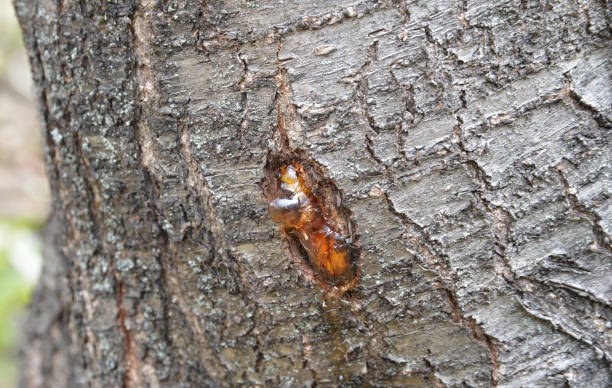All official European Union website addresses are in the europa.eu domain.
See all EU institutions and bodiesForests provide a wide range of products: wood-based products as well as non-wood forest products.
Wood-based products
Forests provide wood products with variable characteristics. Differences in tree species, stem length and diameters, shape and quality make it usable for different purposes to meet a wide variety of human needs, including construction materials, textiles and fibres, paper, chemicals, and energy (heat, electricity, and fuel). The demands for wood-based products and other forest ecosystem services are increasing. It is partly due to changes in the political agendas with objective to develop further the bioeconomy, to meet renewable energy targets and climate mitigation targets. To meet these demands sustainably requires action is required from the sustainable management of forestsand a balancing of the services they provide to the more resource-efficient use of wood in society. Wood can play a vital role in developing the circular and bioeconomy.
509 million cubic meters of round wood (under bark) was produced in the EU in 2022 (Eurostat).This wood is used as material and energy in the circular value chains (see section on wood).
Non-wood forest products
Forests provide a wide variety of non-wood forest products with economic and social importance, such as berries, mushrooms, cork, saps and resins, nuts, honey, and wild meat.
Interestingly, forests can be managed to prioritize different types of non-wood forest products. This can be done through management of hunting and gathering and tree species preferences.

Mushrooms, berries
Foraging of food mushroom species and berries is common in many EU countries.

Resin
Production in the EU is limited to the Mediterranean areas.



